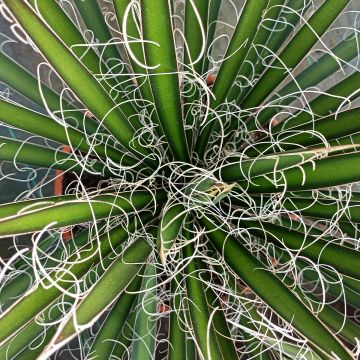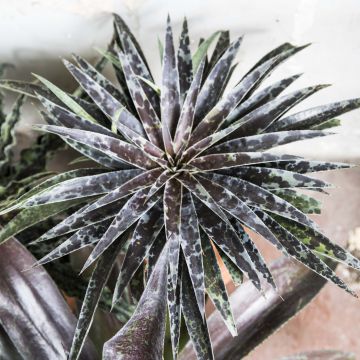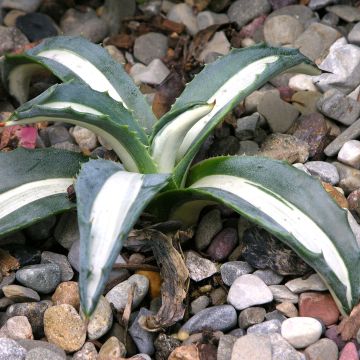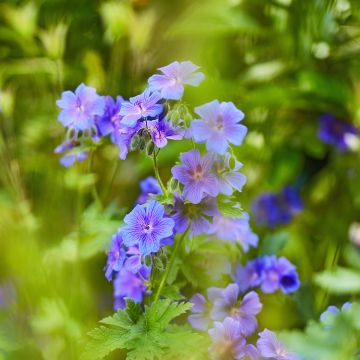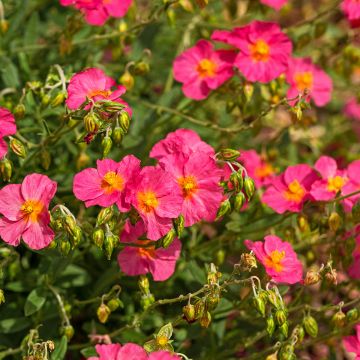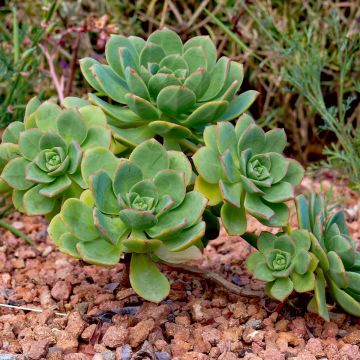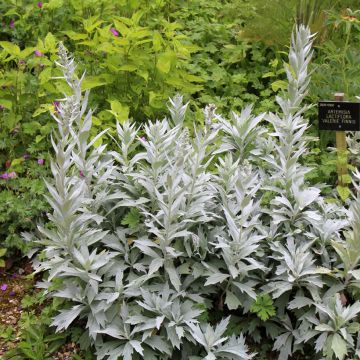

Agave americana Variegata - American Agave
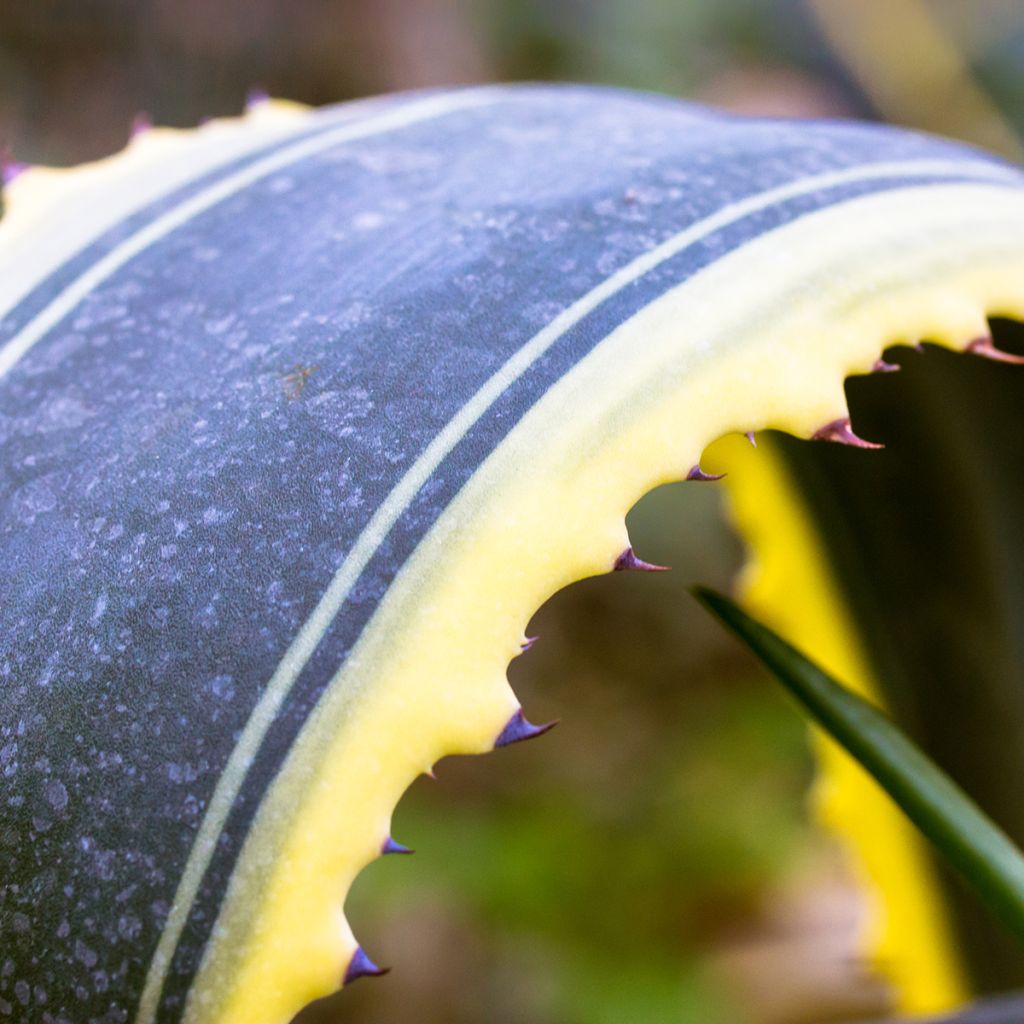

Agave americana Variegata - American Agave


Agave americana Variegata - American Agave


Agave americana Variegata - American Agave


Agave americana Variegata - American Agave


Agave americana Variegata - American Agave
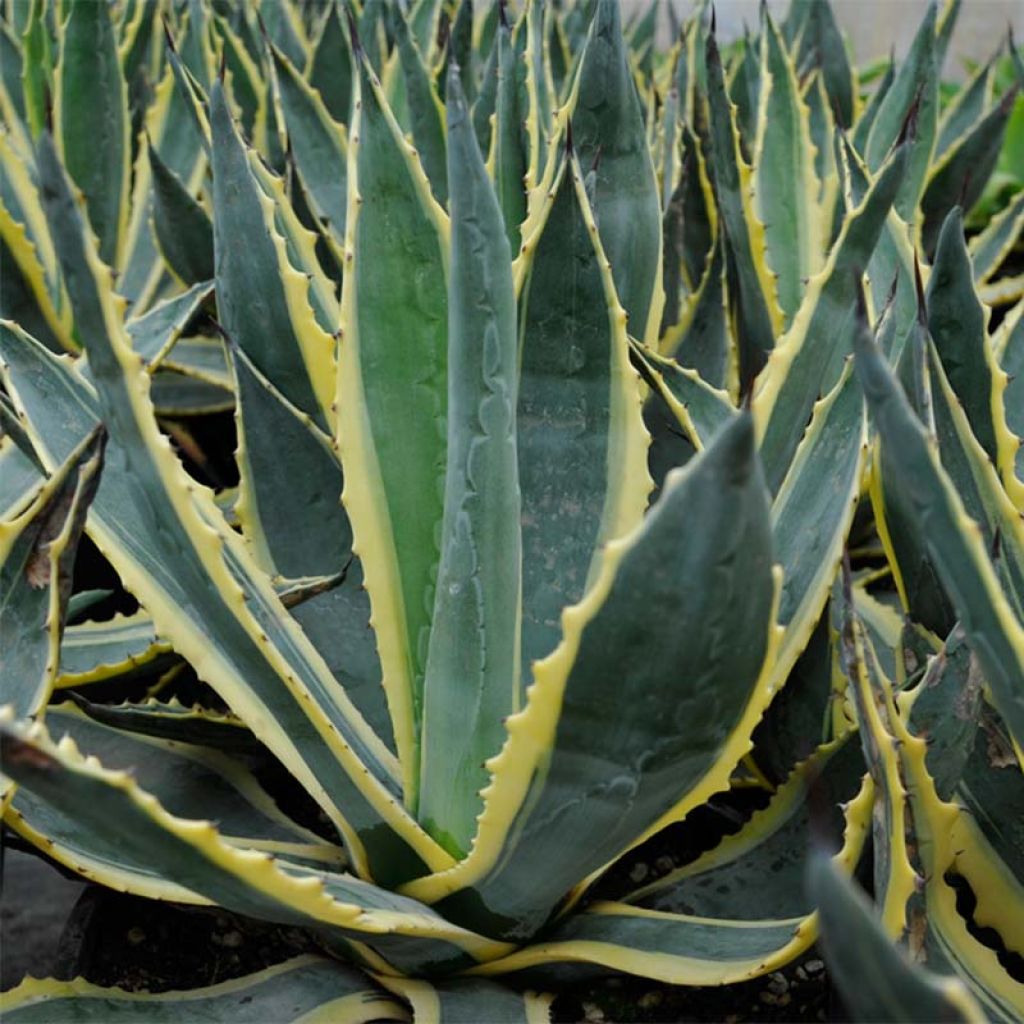

Agave americana Variegata - American Agave


Agave americana Variegata - American Agave


Agave americana Variegata - American Agave


Agave americana Variegata - American Agave


Agave americana Variegata - American Agave
Agave americana Variegata - American Agave
Agave americana Variegata
Century plant - Mexican agave
This item cannot be shipped to the selected country
Delivery charge from €5.90
Delivery charge from €5.90
More information
Schedule delivery date,
and select date in basket
This plant carries a 12 months recovery warranty
More information
We guarantee the quality of our plants for a full growing cycle, and will replace at our expense any plant that fails to recover under normal climatic and planting conditions.
From €5.90 for pickup delivery and €6.90 for home delivery
Express home delivery from €8.90.
From €5.90 for pickup delivery and €6.90 for home delivery
Express home delivery from €8.90.

Does this plant fit my garden?
Set up your Plantfit profile →
Description
Agave americana 'Variegata' is a variegated form of Agave from Mexico or the Americas, differing only in the colouration of its leaves, which are blue-green marginated with cream-yellow, sometimes becoming white over time. It is an impressive perennial, highly appreciated in landscape art for its monumental and remarkable silhouette. Perfectly adapted to dry and hot climates and poor soils, it forms robust rosettes composed of large, stiff, succulent, and pointed leaves, well-armed with sharp tips to be wary of. Its flowering is a beautiful surprise. Arising from the heart of the oldest rosettes, immense majestic floral spikes bearing yellow-green inflorescences appear. Not very hardy but spectacular, it naturally structures exotic and wild settings. It can be grown in the ground in mild climates, but also in large pots on a terrace, to be stored in winter in all regions.
Originating from Mexico and the extreme southwest of the United States, Agave americana is above all a botanical species adapted to semi-desert climates, now naturalised almost everywhere in the world, as far as Pakistan and China. This extremely decorative plant is said to have been brought to Europe by Christopher Columbus as early as 1493. In 1520, the species had already been reported around the Mediterranean basin. It belongs to the agave family, just like Yuccas or the Tuberoses. This perennial succulent herbaceous plant shows rather slow growth. It has rhizomes capable of producing suckers, but it is almost devoid of aerial stems. It consists of about thirty leaves forming a basal rosette, tall and wide at 1.50 m (4.9 ft). Its immense and pointed leaves can reach a length of 2 m (6.6 ft) and a width of 20 cm (7.9 in). They are smooth, rigid, and very thick, with a grey-greenish-blue colour marginated with light yellow at maturity, and bordered by grey to brown spines at the terminal part. The tip of each leaf, with a sharp spine, is arranged diagonally, downwards, and measures 2 cm to 6 cm (0.8 in to 2.4 in) in length. When a rosette reaches the venerable age of 15 to 20 years, or even more, it produces an immense floral spike, reaching a height of 5 m to 10 m (16.4 ft to 32.8 ft). It bears numerous horizontal branches. The branches bear flat and spherical panicles, 7 cm to 10 cm (2.8 in to 3.9 in) wide, composed of myriad small yellow-green flowers. The rosette, known as semelparous, dies after flowering, which lasts several months, having taken care to produce numerous small peripheral rosettes to ensure its perpetuity.
In mild climates, this agave suits a large rockery or at the edges of a dry garden, where its monumental silhouette will stand out against a blue sky. It can be grown alongside prickly pear, giant fennel, and hardy candle cacti (Cleistocactus strausii, Cylindropuntia imbricata). It can also be grown with more classically shaped bushy plants like Westringia, evergreen Ceanothus, Romneya coulteri, and Fremontodendron californicum. In colder regions, grow it in a very large pot on a terrace. If growing in a container, choose a sheltered spot in full sun, to recreate a garden reminiscent of those that flourish on the other side of the world.
This plant is hardy up to about -8° C (17.6° F) in perfectly drained soil but can become invasive where it thrives.
Agave is also an edible plant, with which mescal, an alcoholic beverage obtained by fermenting its sugar-rich juice, is made in Mexico. It is also used in traditional medicine in Mexico, Brazil, and India, and has proven antifungal properties. Very attractive to bees and nectar-seeking insects, the inflorescences attract many pollinators.
Report an error about the product description
Agave americana Variegata - American Agave in pictures




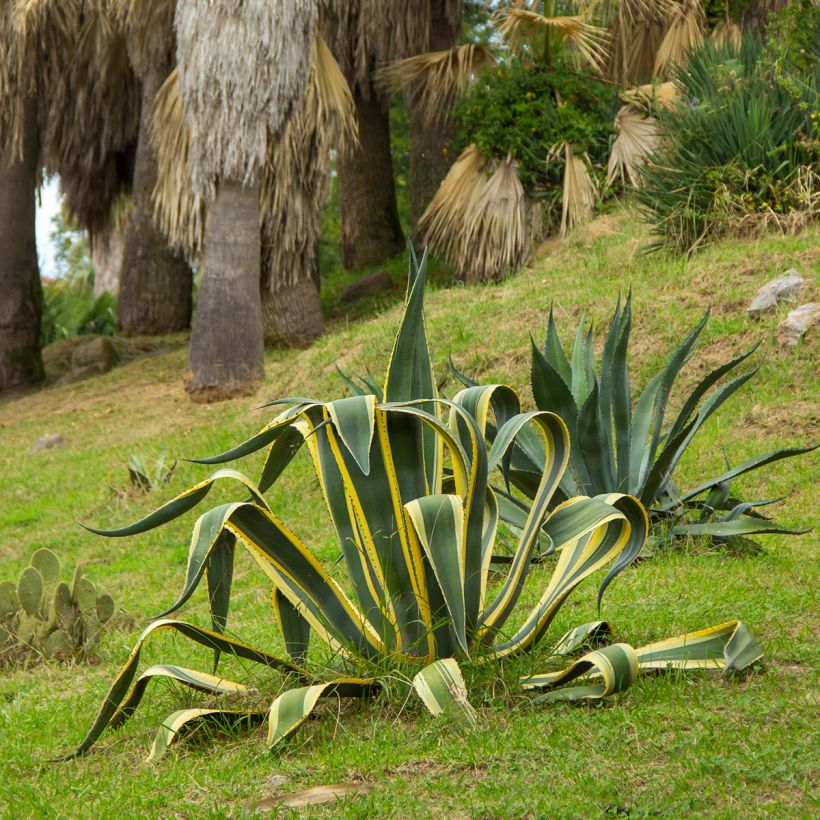

Flowering
Foliage
Plant habit
Botanical data
Agave
americana
Variegata
Agavaceae
Century plant - Mexican agave
North America
Other Agave
Planting and care
Plant American Agave in full sun, in preferably poor soil. It can tolerate stony, limestone, sandy soil as long as it is well-drained. It cannot endure winter humidity and cold, but perfectly tolerates dry soils in summer. It will withstand light frosts, up to about -8° C (17.6° F). As the plant gets bigger, it must be grown in very large pots, preferably terracotta or wooden containers. In colder climates, it should be stored indoors or in a cold greenhouse during winter, protected from severe frosts.
There is no specific soil requirement; it can be slightly acidic, neutral or limestone. The presence of clay in the soil is harmful to the hardiness of this plant: enrich your soil with gravel, coarse sand or any draining material to prevent root rot.
Propagate by removing the daughter rosettes on the periphery of the parent plant.
Planting period
Intended location
Care
-
, onOrder confirmed
Reply from on Promesse de fleurs
Mediterranean perennials
Haven't found what you were looking for?
Hardiness is the lowest winter temperature a plant can endure without suffering serious damage or even dying. However, hardiness is affected by location (a sheltered area, such as a patio), protection (winter cover) and soil type (hardiness is improved by well-drained soil).

Photo Sharing Terms & Conditions
In order to encourage gardeners to interact and share their experiences, Promesse de fleurs offers various media enabling content to be uploaded onto its Site - in particular via the ‘Photo sharing’ module.
The User agrees to refrain from:
- Posting any content that is illegal, prejudicial, insulting, racist, inciteful to hatred, revisionist, contrary to public decency, that infringes on privacy or on the privacy rights of third parties, in particular the publicity rights of persons and goods, intellectual property rights, or the right to privacy.
- Submitting content on behalf of a third party;
- Impersonate the identity of a third party and/or publish any personal information about a third party;
In general, the User undertakes to refrain from any unethical behaviour.
All Content (in particular text, comments, files, images, photos, videos, creative works, etc.), which may be subject to property or intellectual property rights, image or other private rights, shall remain the property of the User, subject to the limited rights granted by the terms of the licence granted by Promesse de fleurs as stated below. Users are at liberty to publish or not to publish such Content on the Site, notably via the ‘Photo Sharing’ facility, and accept that this Content shall be made public and freely accessible, notably on the Internet.
Users further acknowledge, undertake to have ,and guarantee that they hold all necessary rights and permissions to publish such material on the Site, in particular with regard to the legislation in force pertaining to any privacy, property, intellectual property, image, or contractual rights, or rights of any other nature. By publishing such Content on the Site, Users acknowledge accepting full liability as publishers of the Content within the meaning of the law, and grant Promesse de fleurs, free of charge, an inclusive, worldwide licence for the said Content for the entire duration of its publication, including all reproduction, representation, up/downloading, displaying, performing, transmission, and storage rights.
Users also grant permission for their name to be linked to the Content and accept that this link may not always be made available.
By engaging in posting material, Users consent to their Content becoming automatically accessible on the Internet, in particular on other sites and/or blogs and/or web pages of the Promesse de fleurs site, including in particular social pages and the Promesse de fleurs catalogue.
Users may secure the removal of entrusted content free of charge by issuing a simple request via our contact form.
The flowering period indicated on our website applies to countries and regions located in USDA zone 8 (France, the United Kingdom, Ireland, the Netherlands, etc.)
It will vary according to where you live:
- In zones 9 to 10 (Italy, Spain, Greece, etc.), flowering will occur about 2 to 4 weeks earlier.
- In zones 6 to 7 (Germany, Poland, Slovenia, and lower mountainous regions), flowering will be delayed by 2 to 3 weeks.
- In zone 5 (Central Europe, Scandinavia), blooming will be delayed by 3 to 5 weeks.
In temperate climates, pruning of spring-flowering shrubs (forsythia, spireas, etc.) should be done just after flowering.
Pruning of summer-flowering shrubs (Indian Lilac, Perovskia, etc.) can be done in winter or spring.
In cold regions as well as with frost-sensitive plants, avoid pruning too early when severe frosts may still occur.
The planting period indicated on our website applies to countries and regions located in USDA zone 8 (France, United Kingdom, Ireland, Netherlands).
It will vary according to where you live:
- In Mediterranean zones (Marseille, Madrid, Milan, etc.), autumn and winter are the best planting periods.
- In continental zones (Strasbourg, Munich, Vienna, etc.), delay planting by 2 to 3 weeks in spring and bring it forward by 2 to 4 weeks in autumn.
- In mountainous regions (the Alps, Pyrenees, Carpathians, etc.), it is best to plant in late spring (May-June) or late summer (August-September).
The harvesting period indicated on our website applies to countries and regions in USDA zone 8 (France, England, Ireland, the Netherlands).
In colder areas (Scandinavia, Poland, Austria...) fruit and vegetable harvests are likely to be delayed by 3-4 weeks.
In warmer areas (Italy, Spain, Greece, etc.), harvesting will probably take place earlier, depending on weather conditions.
The sowing periods indicated on our website apply to countries and regions within USDA Zone 8 (France, UK, Ireland, Netherlands).
In colder areas (Scandinavia, Poland, Austria...), delay any outdoor sowing by 3-4 weeks, or sow under glass.
In warmer climes (Italy, Spain, Greece, etc.), bring outdoor sowing forward by a few weeks.



































